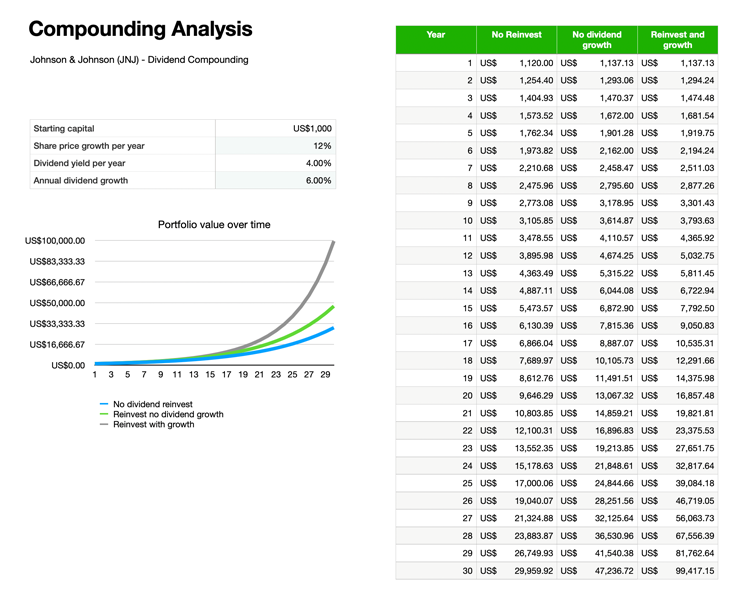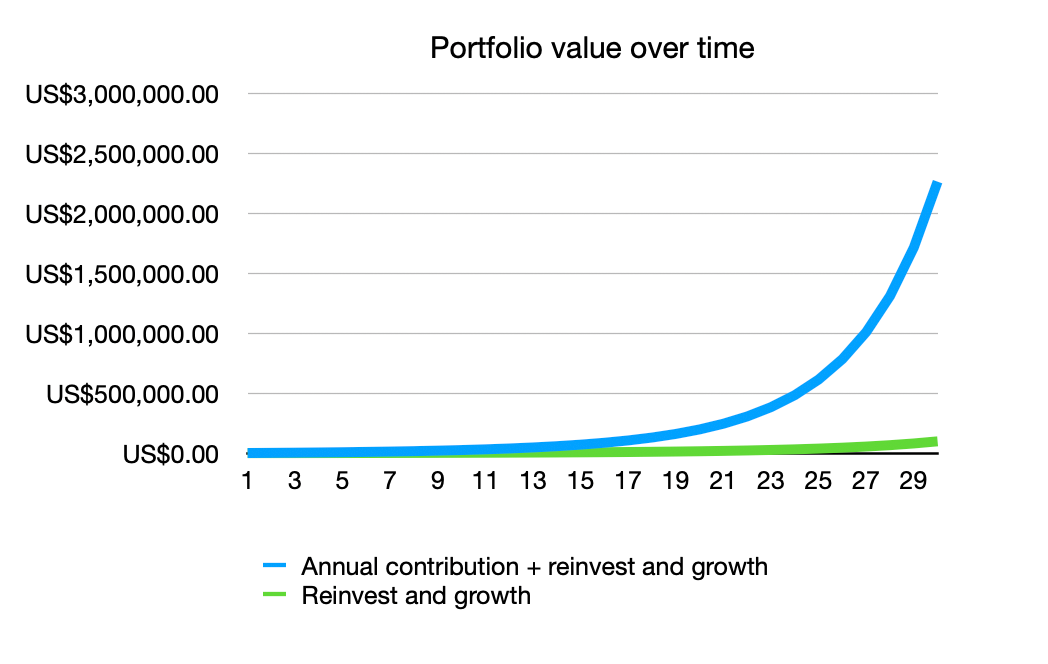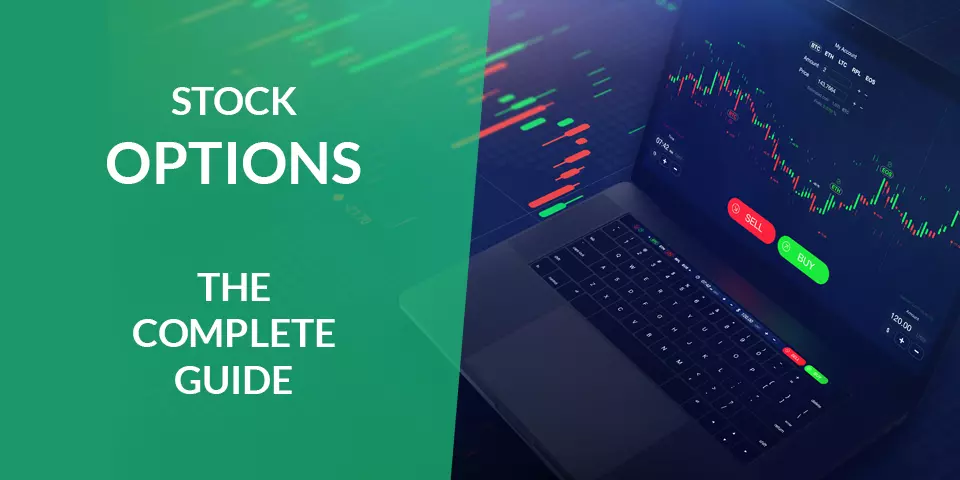I hear this debate every time, "dividends are good", "dividends are bad". The reality is that both statements are true at the same time. In general, dividend payouts are seen as bad because companies give away the excess cash, limiting their growth and expansion potential. Investors prefer dividends investing as they offer a more passive management approach, reducing the risk of making mistakes when making decisions regarding their holdings.
You should consider dividend growth investing if you want to have a steady passive income, not having to worry about the stock price movements or the hard decisions when to sell a particular stock. Investing in dividends you will benefit from a constant cash flow and peace of mind.
This doesn't mean you won't need to maintain some of the positions you own from time to time. Dividends are not guaranteed as companies can cut the dividends if management decides the company cannot sustain a dividend payout anymore. When they do, these are the times when you have to be prepared to re-evaluate the company's situation and make the decision if you're willing to keep the stock.
What is dividend growth investing?
Dividend growth investing is a strategy that focuses on companies that pay regular dividends and have a strong history of increasing the dividend payout over time. Companies that meet those requirements are often stable and mature businesses with strong financials that are less likely to cut their dividends in the future.
Instead of focusing on the capital gains of a stock, a dividend growth investor will usually reinvest the dividends received from a company to buy more shares and take advantage of the compounding effect.
"Compound interest is the eighth wonder of the world. He who understands it, earns it ... he who doesn't ... pays it." - Albert Einstein
Dividend growth investing will have a double compounding effect as not only you will reinvest the dividends buying more shares, but companies will increase their dividends payouts as well, accelerating your gains exponentially.
Compounding Example (JNJ)
Let's take a quick look at Johnson & Johnson (JNJ) stock. JNJ is the largest health care company in the world and, which makes it a very popular company for dividend growth investing.

Looking at the dividend history you can clearly see a clean steady growth of dividend payments since 1989. When you have this kind of growth on a stock with low price volatility you will most certainly have excelent returns without too much risk compared to other sticks.
To see how big the compounding effect is if you invested $1000 on this stock for 30 years, I have made a quick spreadsheet to compare the different scenarios.

Taking the average returns for JNJ over the past 30 years, you can see how big is the effect of dividend reinvesting alone, not to mention the double compounding effect when JNJ increases its dividend payout.
By investing $1,000 and holding the stock for 30 years, only reinvesting the dividends and buying more shares, you would grow the portfolio by 100 times to nearly $100,000. This is an incredible return for very low effort.
If this was not enough, let's spice things up and imagine that you keep buying the stock by investing $1,000 per year on top of the reinvested dividends.

That's right, by making a $1,000 annual contribution for 30 years in addition to the reinvested dividends, your portfolio value for JNJ stock will be around $2,263,685.
Indeed, the average stock share price growth of 12% for JNJ has a large impact in this example, but if we were to take a more conservative 6% share price appreciation per year, you would still end up with $681,663 after 30 years.
Choosing the right stock
The main goal for dividend growth investing is finding a solid company that frequently increases its dividend payout while keeping a low and safe payout ratio. Here are a few key elements you should look for when choosing the right stock.
Blue Chip Companies
Blue chip is a term often used for companies that are well known, well established, with strong financials, and stable growth. For a company to qualify as a "blue chip" they also need to have high credit ratings.
These companies are considered to be less volatile than other companies and are more likely to be prepared to survive a bad economic period due to their consistent cash flow.
It's very important to choose these companies as the core of your dividend portfolio to have more stability in bad market conditions.
Payout Ratio
The dividend payout ratio is simply the amount of dividends paid in relation to the company's net income. This shows you what percentage of the company's earnings is paid out to shareholders in form of dividends. The company keeps the rest and often reinvests the remaining cash to grow the business or pay off the debt.
Payout Ratio = Dividend Per Share / Earnings Per Share
As a rule of thumb, a healthy payout ratio is considered to be around 30-50%. What goes over this amount is riskier because it can quickly become unsustainable as the company can run out of free cash to operate, making it more likely for the company to cut dividends.
Dividend Yield
The dividend yield is useful when you want to see how much a company is paying in dividends over a year in relation to the stock price.
Dividend Yield = Annual Dividend / Price Per Share
Try not to chase companies that offer high dividend yields as they are often unsustainable. You must always look at the payout ratio as well to see the company's ability to pay those dividends consistently.
There are a few exceptions of companies that have a high dividend yield where the payout ratio may exceed 90% and it would be considered normal. These companies are either Real Estate Investment Trusts (REIT) or Business Development Companies (BDC).
For example, REITs invest most of their capital in real estate property and BDCs invest in small to medium companies to help them grow. Both are required by law to pay a minimum of 90% of their earnings in form of dividends and this is why you will most likely see a high dividend yield with a high payout ratio. This is normal and should not be considered a red flag unless this number grows too much.
REITs and BDCs are riskier assets and should be treated with care. It's also important to keep in mind that the dividends paid by those companies are taxed differently than normal dividends, so make sure you check with your country's tax laws regarding these types of investments. It's usually good to hold these stocks in a tax-sheltered account like an ISA in UK or IRA in the US.
Steady Dividend Growth
As also shown in the JNJ example above, you generally want to look for companies that show a constant growth of dividends over time. One good source I use is the "seeking alpha" website.

Taking a look at another example for Coca-Cola, you can see how they consistently have increased their dividends over the past 10 years. As a matter of fact, they have almost doubled the quarterly payouts from $0.24 per share to $0.42.
Ideas to boost your return
One great idea to boost your returns is by selling options. One such strategy is the wheel strategy you can find in the complete guide I wrote about options here:

The main idea is to sell cash-secured put options if you don't mind owning 100 shares of the underlying stock or sell covered calls if you already own 100 shares of a stock collecting premiums on a monthly basis.
This strategy combined with dividends can be very lucrative, however, make sure you don't sell covered calls in the week before the stock's ex-dividend date as it's possible to get assigned and lose the shares, also losing the dividends in the process.
Note that options are a risky asset and you should have a good understanding of how they work as there's a high chance of losing money if not used correctly.
The Bottom Line
Dividend growth investing is an amazing addition to any portfolio. Not only it offers a steady income, but it also offers some protection in ugly market conditions as the good dividend stocks are often less volatile. Blue chip companies also have strong reserves that can keep them running for a long time without needing to cut their dividend payouts.
As for my strategy, I like to keep two portfolios, one focusing on growth stocks and one where I focus on building a second source of income by adding a fixed amount every month in good quality dividend-paying stocks. This may seem small initially, but you will be surprised how quickly your returns will grow in the long run.






